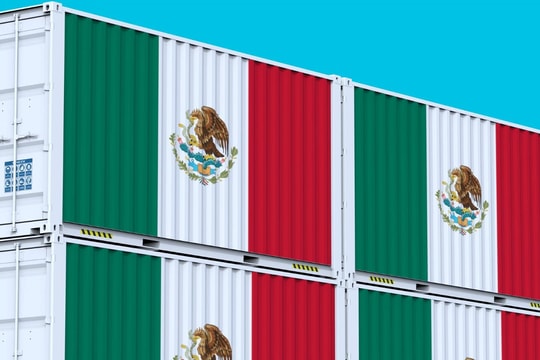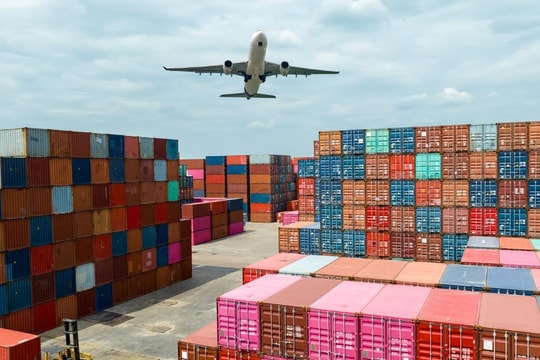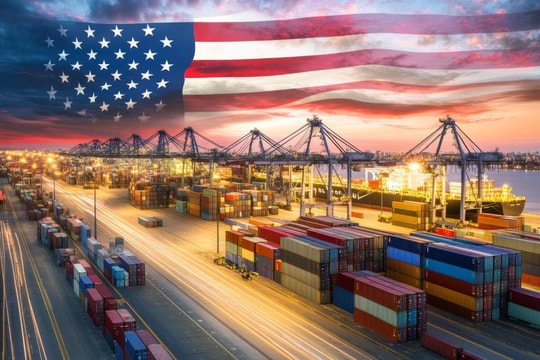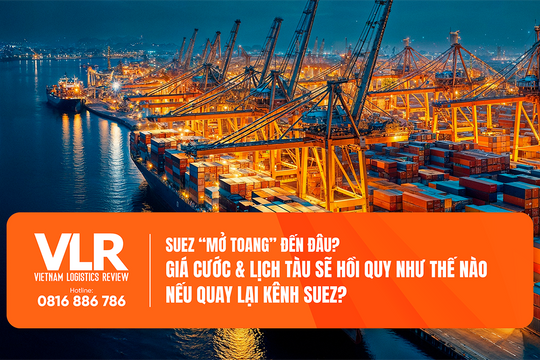The first quarter of 2014 did not pick up where the fourth quarter of 2013 left off when it comes to merger and acquisition (M&A) activity in the transportation and logistics sectors, according to PwC US’s report, “Intersections: First Quarter 2014 global transportation and logistics industry mergers and acquisitions analysis.”
Deals cited by PwC in the Intersections report represent all announced deals for the quarter-as opposed to completed deals only-and the report does not parse out deals that are withdrawn, intended, or pending.
While the fourth quarter of 2013 posted the second highest quarterly deal volume and value in the last three years, the first quarter of this year paled by comparison.
PwC reported that there were 37 deals worth $50 million or more in the first quarter for a cumulative $16.1 billion compared to the fourth quarter’s 75 deals representing a cumulative $27.2 billion. And the first quarter was nearly even on an annual basis when stacked up against the first quarter of 2013, which saw 41 deals for a cumulative $16.2 billion. And while deal volume and value declined sequentially, PwC noted that average deal value rose to $434 million in the first quarter compared to the fourth quarter’s $363 million and $396 million in the first quarter of 2013.
“Following brisk M&A activity in the fourth quarter, deal volume pulled back in the first quarter of 2014, returning to the subdued levels we have witnessed over the past two years,” said Jonathan Kletzel, U.S. transportation and logistics leader for PwC, in the report. “While confidence among management teams is improving as the global economy recovers, acquirers have remained cautious and continue to pursue small, local deals. They are continuing to focus on consolidating existing markets and strengthening their core services, while emphasizing cost synergies. With the major transaction activity in the airline space largely behind us, deal volume is now being driven primarily by the shipping, trucking and logistics industries, particularly in those regions where market fragmentation is leading to less favorable economics.”
Michael Portnoy, an industry analyst in PwC’s Industrial Products practice, said that the first quarter’s return to a more subdued pace of deal making activity was not entirely surprising, saying that the firm was not necessarily expecting the high level of activity that occurred in the fourth quarter to continue, as it was driven mainly by the timing of several large infrastructure announcements, while adding PwC is still expecting modest growth in deal totals for all of 2014.
With his partner, Kletzel, observing that shipping, trucking and logistics industries are serving as the primary deal drivers, especially in areas where market fragmentation is leading to less favorable economics, Portnoy said that is a theme that is likely to continue.
“We think these are modes which are ripe for future M&A, due to relative fragmentation and less attractive economics, however also because the regulatory barriers can be lower in some cases when compared to modes such as airlines and railroads,” said Portnoy.
Local market deals worth more than $50 million reached a new level, representing 78 percent of deal acitivity, according to the report. This has been the case since 2008, with Asia and Oceania being the most active regions, while local market activity for U.S. and Eurozone are still below pre-financial crisis levels.
PwC said that only nine deals were recorded by North American acquirers at $50 million or more in the first quarter, with Asia and Oceania accounting for 17 deals.
Portnoy said there are a few factors driving the increase in local market deals worth more than $50 million.
“These things include the level of activity by emerging market acquirers, many of whom need to consolidate their domestic markets more before looking abroad,” he said. “Also in trucking, which is one of the more active modes from an M&A standpoint, there is a lot of room to consolidate domestically which tends to lead to more local deals. And, generally, I would also note that developed markets acquirers can more easily reap synergies when networks/assets overlap, so this can make local market deals seem less risky and more attractive in a risk-averse environment.”


.png)






.png)





